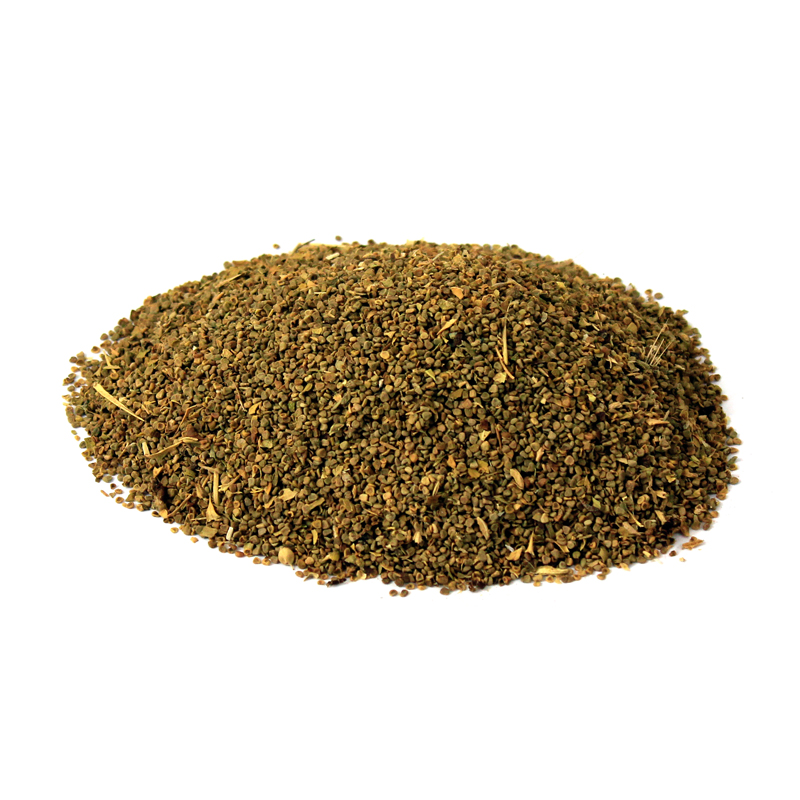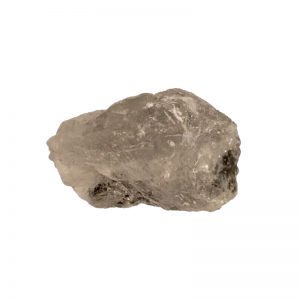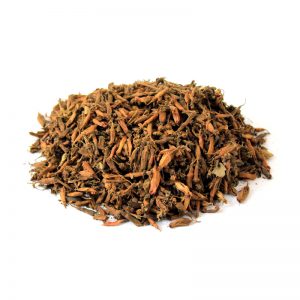-
×
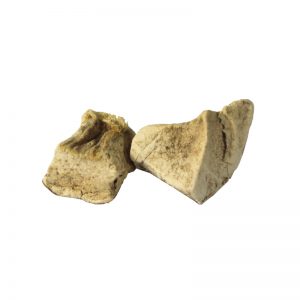 Badhari Qand (Badari Qand)
2 × Rs 181
Badhari Qand (Badari Qand)
2 × Rs 181 -
×
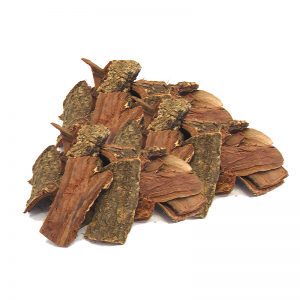 Acacia Tree Bark (Chaal Kikar)
1 × Rs 100
Acacia Tree Bark (Chaal Kikar)
1 × Rs 100 -
×
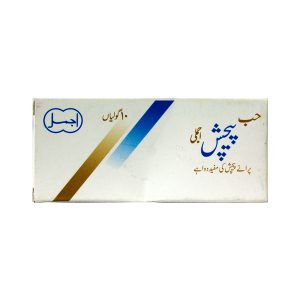 Ajmal Hab Maroar
1 × Rs 110
Ajmal Hab Maroar
1 × Rs 110 -
×
 Australian Pine Tree Fruit (Mae Khurdo)
1 × Rs 121
Australian Pine Tree Fruit (Mae Khurdo)
1 × Rs 121 -
×
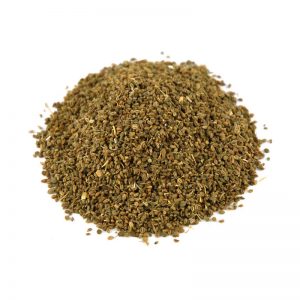 Celery Seeds (Tukhm-e-Qarfas)
1 × Rs 160
Celery Seeds (Tukhm-e-Qarfas)
1 × Rs 160
Henbane (Ajwain Khurasani)
اجوائن خراسانی
Rs 151
- used for toothache
- Used For Nervous Disorder
- Used Specifically For Urinary Tract
- Especially In The Case Of Kidney Stones
- Relieves Tremors And Stiffness
SKU: p116
Category: Herbs
Description
Henbane/Ajwain Khurasani (اجوائن خراسانی) also called Black Henbane, is either annual or biennial plant Hyoscyamus Niger that belongs to the Solanaceae family also known as the nightshade family. The plant can grow up to 25-100 cm tall. It has bright green, hairy leaves that are oval or elongated with toothed edges.
Henbane has been used as a medicine since ancient times and had a strong reputation as a magical herb that was for instance used in love potions and to induce hallucinations.
Health Benefits:
The main healing properties of the herb are due to the sedative, analgesic and antispasmodic effect the substance hyoscyamine. Henbane was used specifically for pain in the urinary tract, especially in the case of kidney stones.
The sedative and antispasmodic effect makes it a valuable remedy for Parkinson’s disease, where it relieves tremors and stiffness in the early stages of the disease.
The herb has also been used for toothache and nervous disorders such as mania and hysteria. The herb has been used as an herbal remedy for bronchitis because of its cough suppressant effect and the ability to clear the breathing passages from secretions.
Side Effects:
Henbane is a dangerous and highly poisonous plant and it should never been used by pregnant or lactating women and children.
It can cause dizziness, nausea, dry mucous membranes in the mouth, difficulty in swallowing, fever, hallucinations (often with erotic content), rapid pulse and respiration, increasing blood pressure, seizures, numbness and an urge to rest and sleep.
In severe cases the herb can be deadly, causing cardiac arrest or respiratory paralysis.
The information is for educational purposes only. This information has not been evaluated by the Food and Drug Administration.
This information is not intended to diagnose, treat, cure, or prevent any disease.

